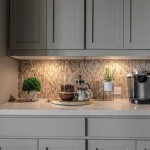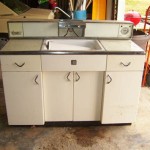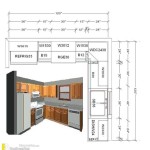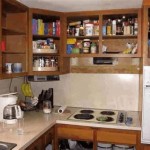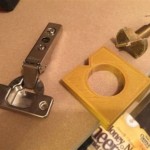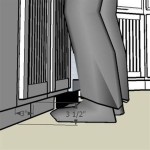Essential Aspects of Choosing the Right Sandpaper for Sanding Kitchen Cabinets
Sanding kitchen cabinets is a crucial step in refinishing them. The choice of sandpaper can significantly impact the outcome of your project. Here are some essential aspects to consider when selecting the right sandpaper for sanding kitchen cabinets:
Grit Level
The grit level of sandpaper refers to the coarseness or fineness of the abrasive particles. For sanding kitchen cabinets, you will typically need sandpaper ranging from coarse to fine grits. Coarse-grit sandpaper (40-80 grit) is used to remove old finish and smooth rough surfaces. Medium-grit sandpaper (100-150 grit) is used for further smoothing and leveling the surface. Fine-grit sandpaper (180-220 grit) is used for final sanding to create a smooth and even finish.
Material
Sandpaper is available in different materials, including aluminum oxide, garnet, and silicon carbide. Aluminum oxide sandpaper is a durable and versatile option suitable for sanding both soft and hard surfaces. Garnet sandpaper is a cost-effective choice but has a shorter lifespan. Silicon carbide sandpaper is excellent for sanding metals and other hard materials.
Backing
The backing of sandpaper refers to the material that holds the abrasive particles together. Cloth-backed sandpaper is durable and flexible, making it suitable for sanding contours and curved surfaces. Paper-backed sandpaper is less expensive but may tear or wrinkle easily. Sponge-backed sandpaper is ideal for sanding complex shapes and contours.
Size
Sandpaper is available in various sizes, from small sheets to large rolls. The size of the sandpaper you need will depend on the size of your kitchen cabinets. For sanding small areas, it is convenient to use small sheets of sandpaper. For larger areas, a sandpaper roll will be more efficient.
Hand vs. Machine Sanding
If you are sanding kitchen cabinets by hand, it is recommended to use sandpaper with a soft backing, such as cloth or sponge. This will provide more control and prevent the sandpaper from tearing. If you are using a power sander, sandpaper with a stiffer backing, such as paper, will be more durable.
Tips for Sanding Kitchen Cabinets
Here are a few tips for sanding kitchen cabinets effectively:
- Start with coarse-grit sandpaper and gradually move to finer grits.
- Sand in the direction of the wood grain to avoid scratching or gouging the surface.
- Use a sanding block or sponge to ensure even pressure and avoid uneven sanding.
- Change the sandpaper frequently to maintain its effectiveness.
- Wear a dust mask and safety glasses to protect yourself from dust and debris.

A Guide To Painting Kitchen Cabinets Norton Abrasives

A Guide To Painting Kitchen Cabinets Norton Abrasives

How To Sand Furniture Before Painting In 5 Minutes

How To Paint Kitchen Cabinets A Step By Guide Confessions Of Serial Do It Yourselfer
Refinishing Kitchen Cabinets A Beautiful Mess

How To Paint Kitchen Cabinets A Step By Guide Confessions Of Serial Do It Yourselfer

How To Refinish Wood Cabinets The Easy Way Love Remodeled

A Small Sander To Sand Kitchen Cabinets Before Painting House Mix

Sanding Techniques For Cabinets Get The Perfect Finish Cabinet Doors N More

How To Paint Laminate Cabinets In 10 Steps

